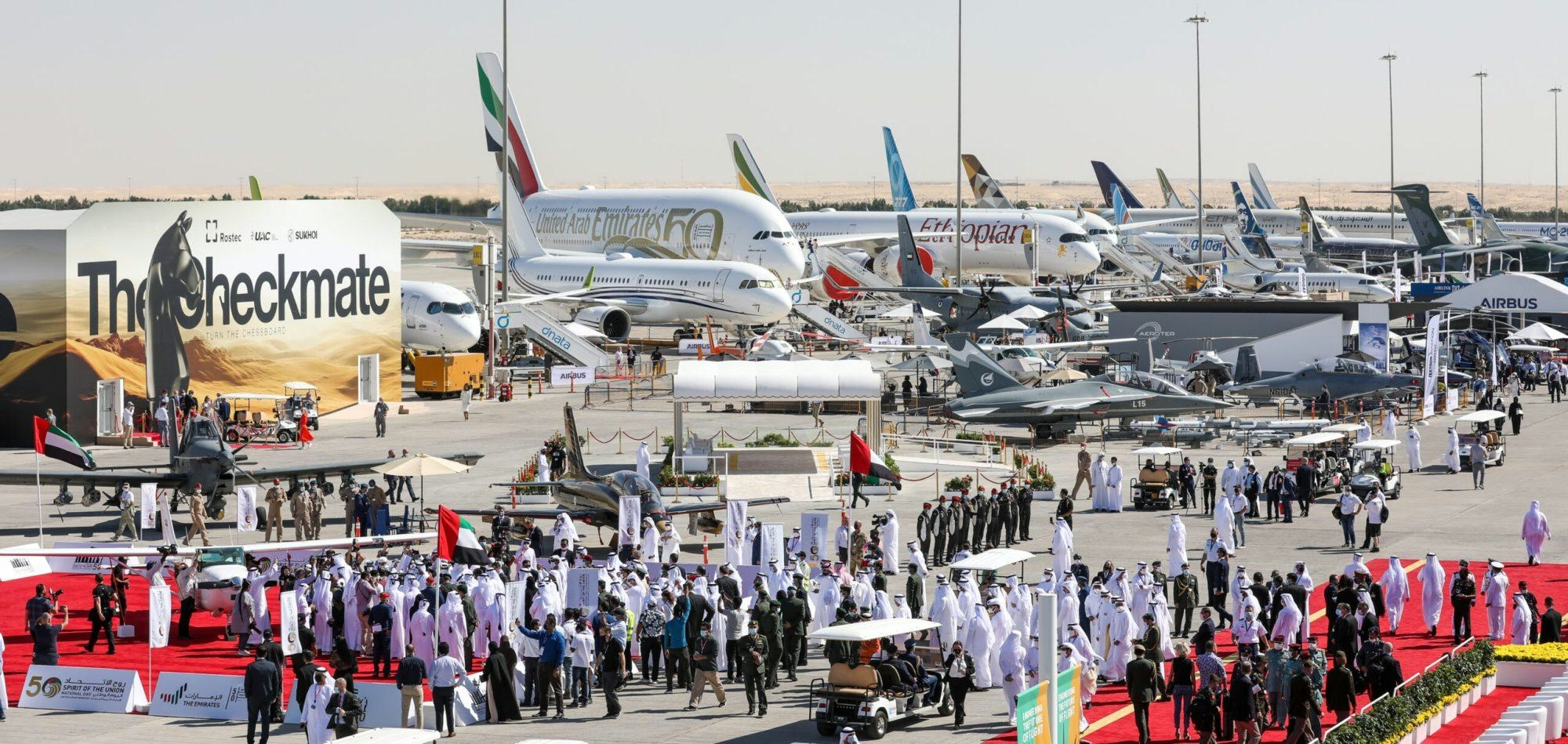
AeroGenie — Uw intelligente copiloot.
Trending
Categories
Boeing Plans New 737 MAX 10 Production Line in Everett
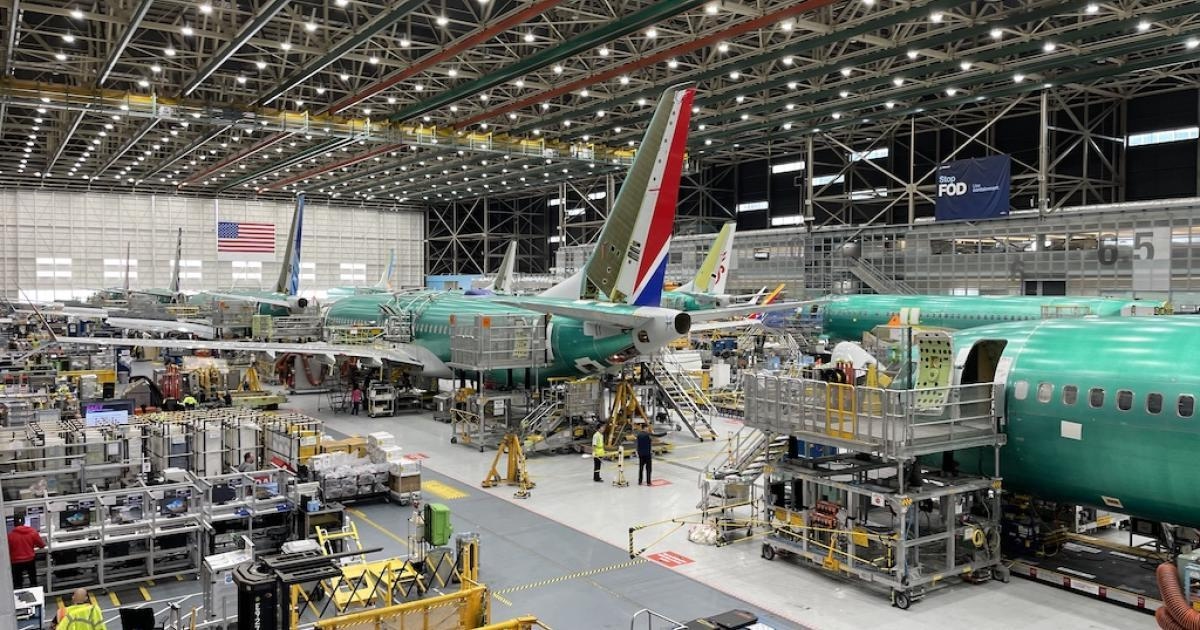
Boeing to Establish New 737 MAX 10 Production Line in Everett
Boeing has announced a significant expansion of its narrowbody aircraft manufacturing with the introduction of a fourth 737 production line at its Everett, Washington facility. This new assembly line will be exclusively dedicated to the 737 MAX 10, the largest variant in the 737 family, which Boeing anticipates certifying later this year. Traditionally recognized for producing widebody jets such as the 747 and 777, the Everett plant will now host its first full narrowbody assembly operation.
Strategic Expansion and Production Focus
This development marks Boeing’s first major expansion in Washington state since 2016, following substantial investments in its 787 production facility in Charleston, South Carolina. The additional line in Everett will complement the three existing 737 MAX assembly lines at Boeing’s Renton plant, thereby increasing overall production capacity amid sustained strong demand for single-aisle aircraft.
At a recent financial conference, CEO Kelly Ortberg emphasized that the Everett line will concentrate solely on the 737 MAX 10 due to the model’s increased complexity, which necessitates a slower production pace. Ortberg explained, “Clearing the 737 MAX 10 to a separate line in Everett will allow us to keep the other three MAX production lines in Renton moving smoothly and expeditiously. This will best position our production system for future rate increases and for when the MAX 10 is certified.”
Facility Utilization and Market Implications
The Everett plant, the world’s largest commercial aircraft production facility, has seen available space increase following the end of 747 production and the complete relocation of 787 assembly to Charleston. Currently, Everett manufactures the Boeing 767, which remains in demand for cargo and military applications, alongside the 777 and the forthcoming 777X, with first deliveries expected next year. The new 737 MAX 10 line will be situated on the east side of the facility, adjacent to the 777 final assembly line.
Boeing’s expansion has been met with a positive response from investors, who view the move as a strategic effort to enhance production capacity. Nonetheless, the new line may encounter challenges stemming from ongoing global supply chain constraints that continue to affect the aerospace sector. Meanwhile, competitors such as Airbus may adjust their production strategies in response, although no specific plans have been disclosed.
By establishing a dedicated 737 MAX 10 production line in Everett, Boeing aims to alleviate pressure on its Renton facility, streamline manufacturing processes, and position itself for future growth. This strategic initiative highlights Boeing’s commitment to meeting increasing market demand and sustaining its competitive position in the global aerospace industry.

Ariyax Capital Launches AXPT Initiative
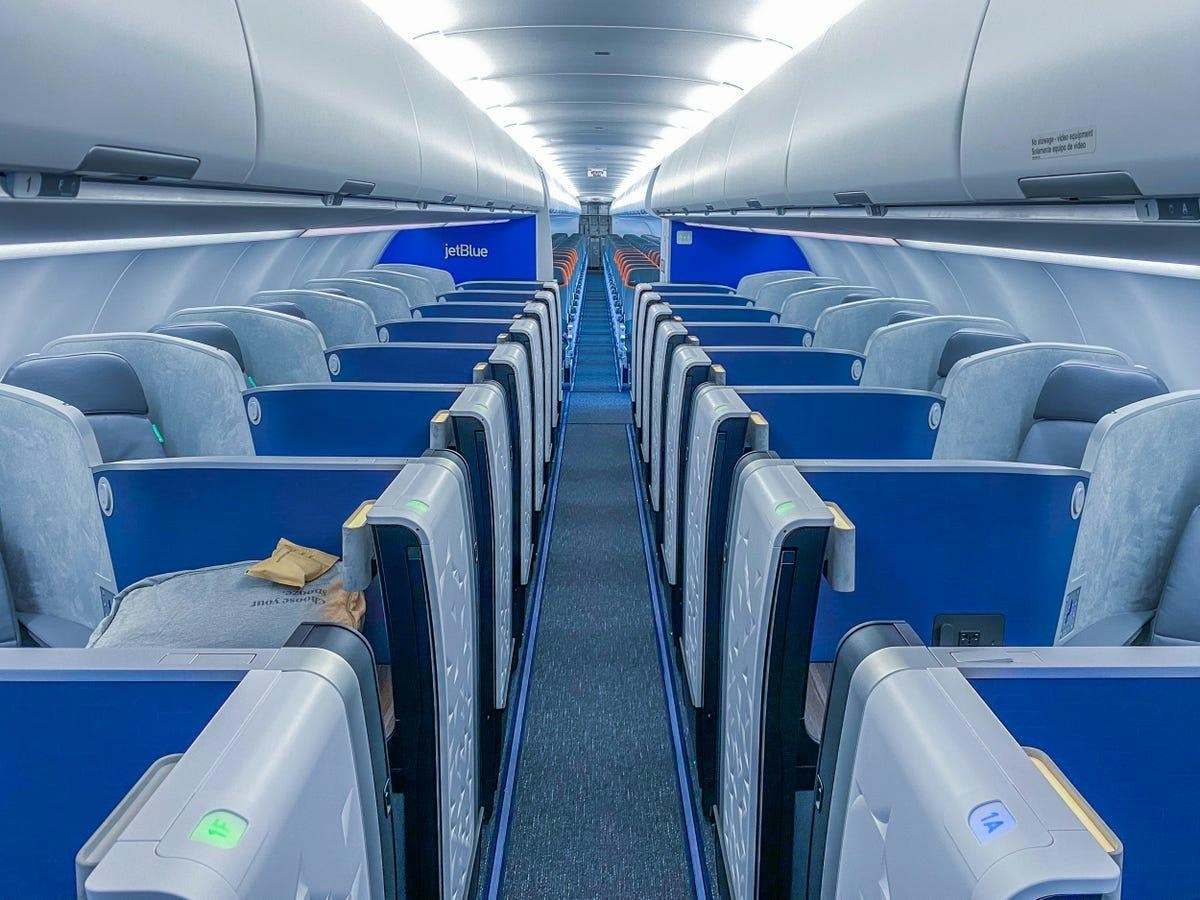
Airlines Shift From Widebody to Narrowbody Aircraft on Long-Haul Routes

Joramco Signs New Agreements with Emirates and SalamAir at Dubai Airshow
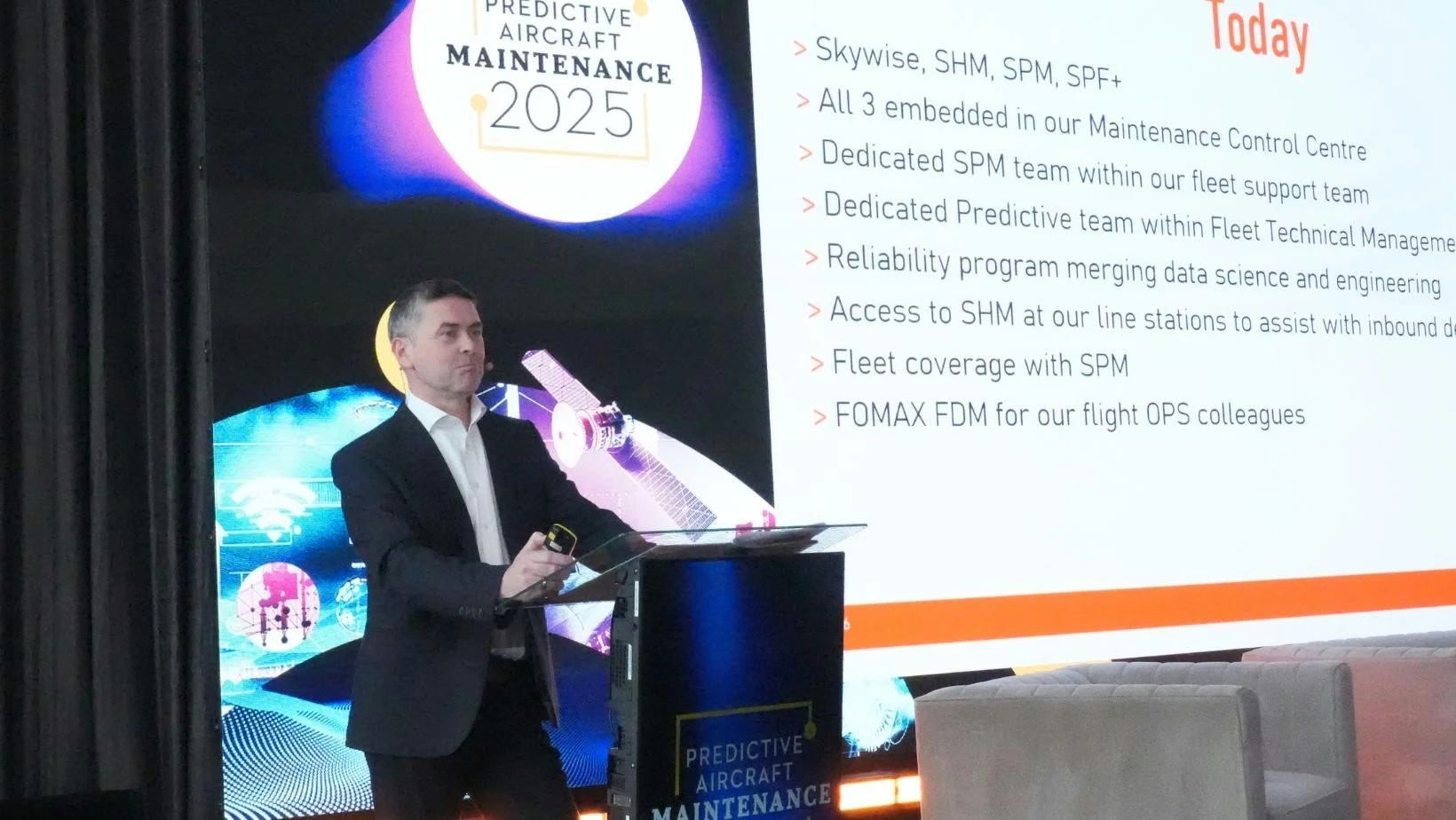
easyJet Highlights Reliability Improvements Ahead of PAM Dublin 2025

PAL, Citi, and UKEF Finalize Financing for Rolls-Royce Trent XWB-97 Engine
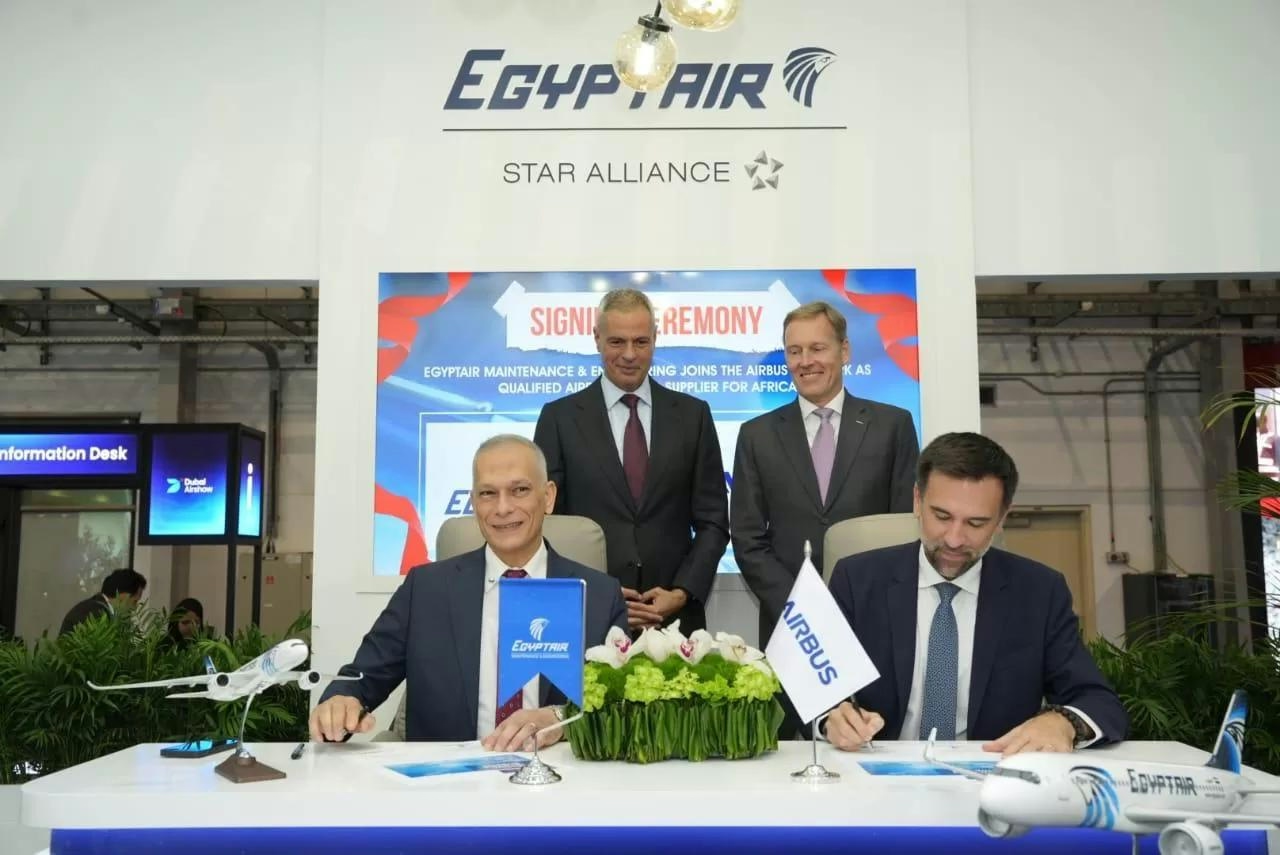
EgyptAir Obtains Airbus Certification for Structural Maintenance
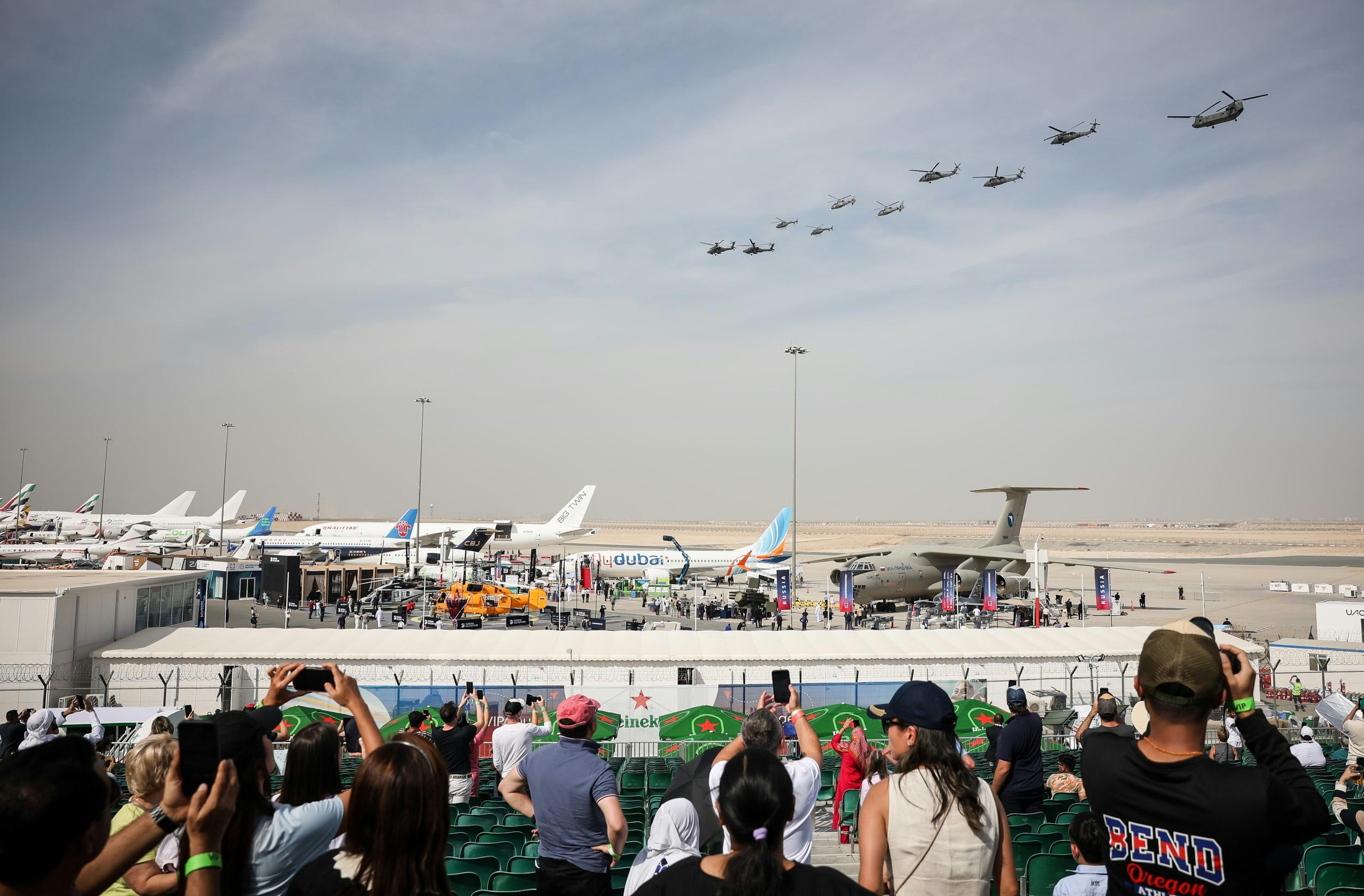
Dubai Airshow 2025: Highlights from Day Two
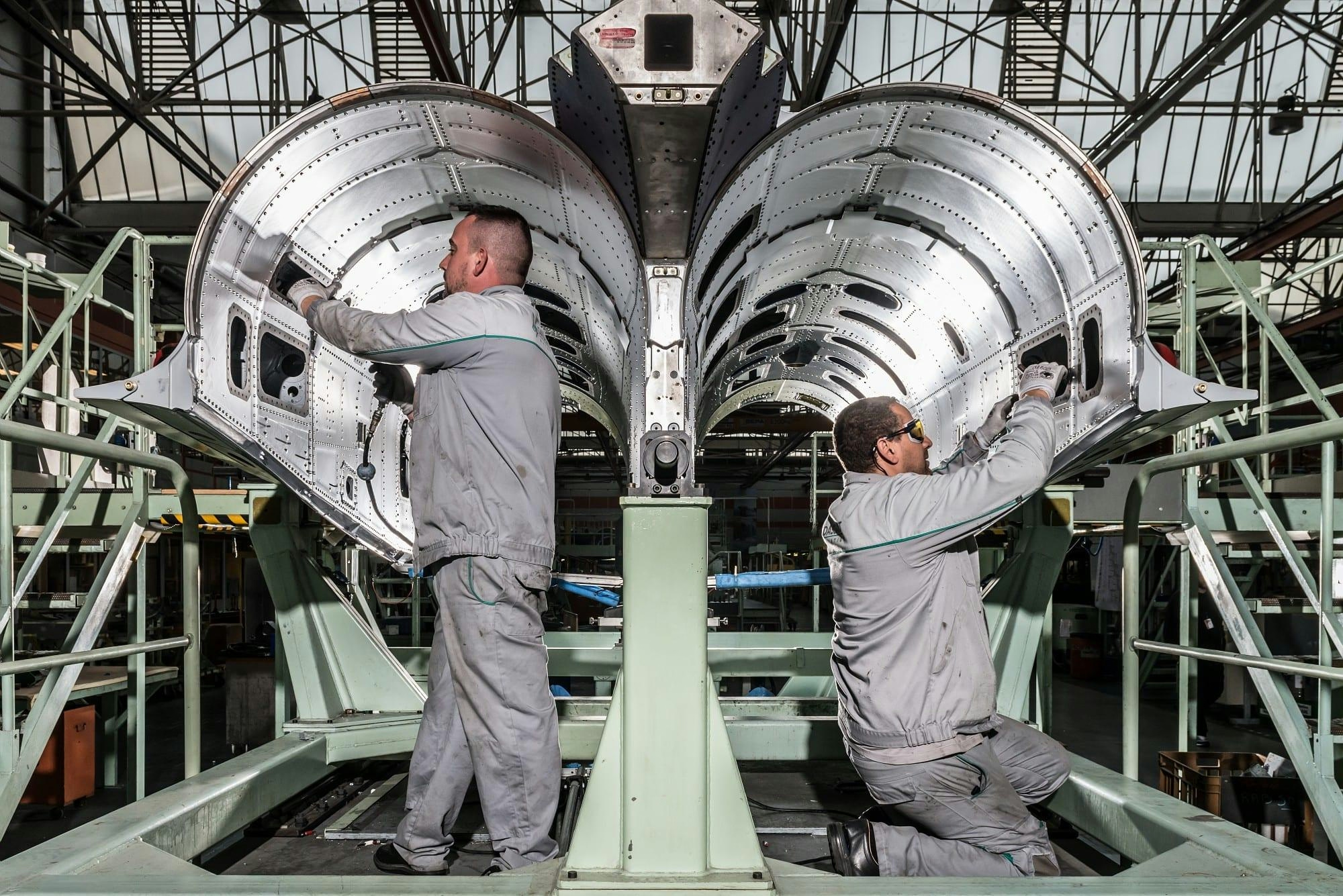
Tata Projects and ASI Global to Build Aircraft Maintenance Facilities in India
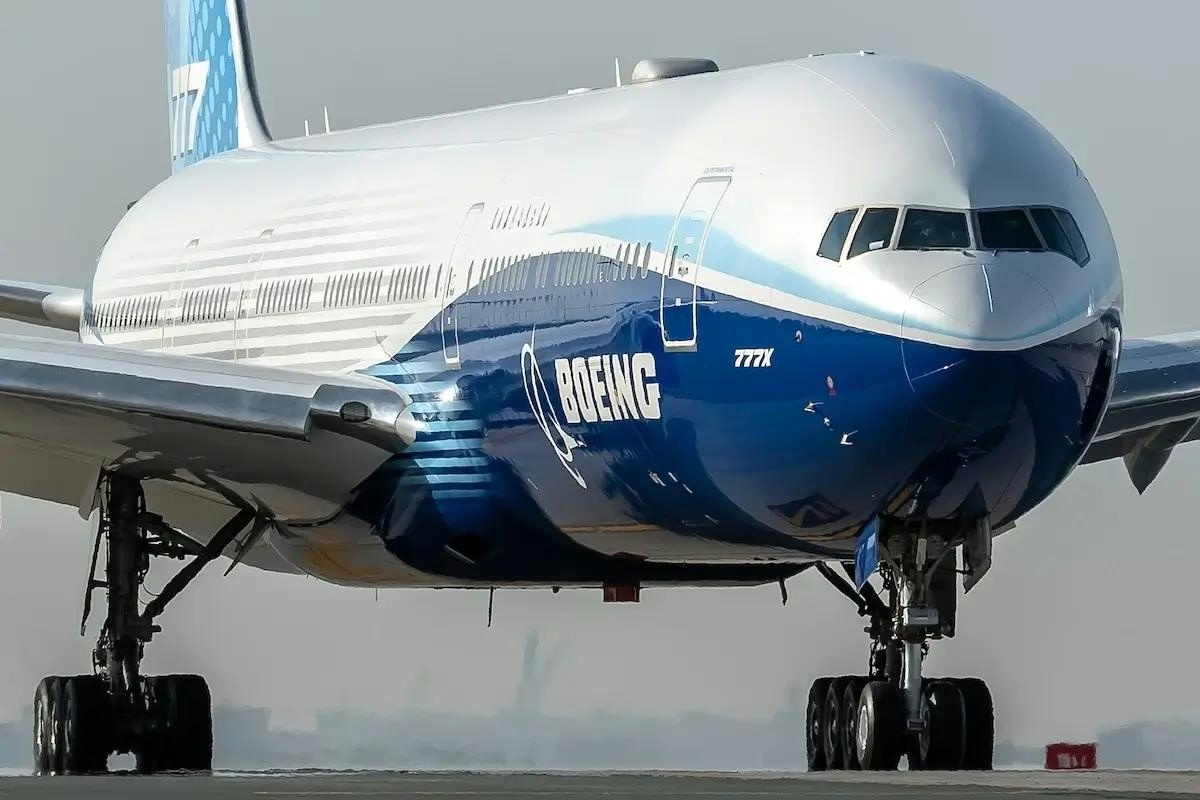
Boeing Studies Takeoff Performance in 777-10 Feasibility Analysis
